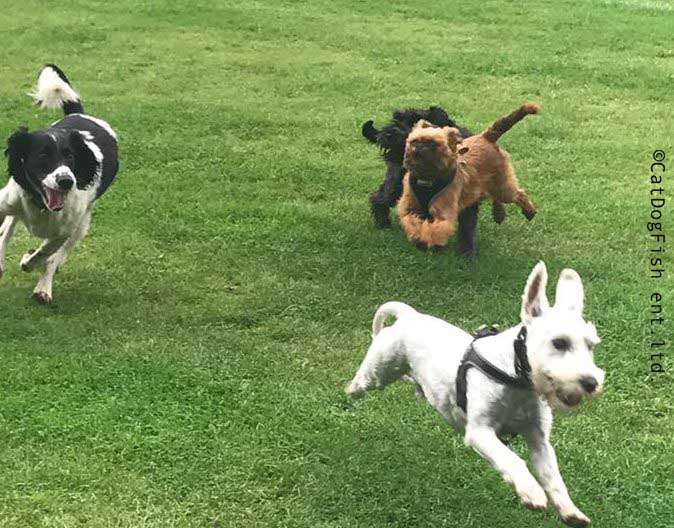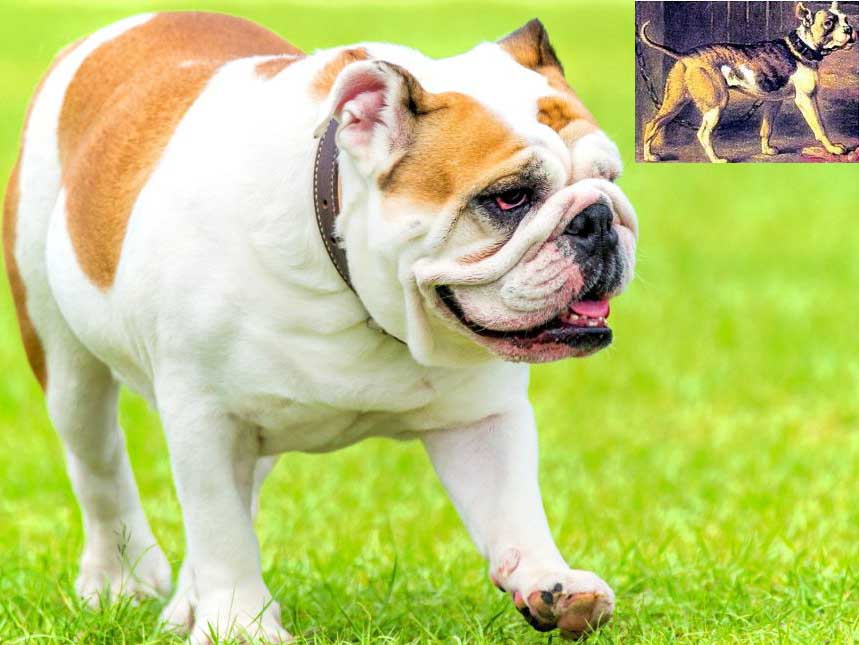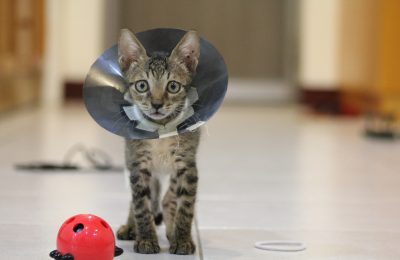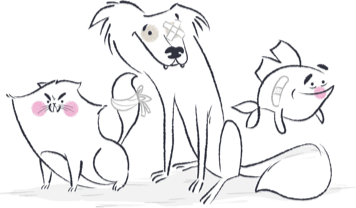In this co-written article with our inhouse veterinary expert, Liz Barton, we examine the growing controversy resulting from the breeding of flat-nosed dogs.
hey may be widely touted by celebrities and referred to as ‘adorable’, ‘cute’ and ‘affectionate’ in social media, but have you considered how miserable it is to be snub-nosed dog?
Whilst other dogs are running around, just being dogs, you’ll face a life of breathing difficulties (panic induced from not getting enough air), disrupted sleep (heavy snoring), reduced ability to exercise and play, overheating, fainting, and even difficulty eating as a result of gagging and regurgitation. The situation is made even worse if you are overweight or obese. These symptoms are collectively known as ‘BOAS -Brachycephalic obstructive airway syndrome’.

White Schnauzer Milo enjoys playing with his friends
If a reduction in their lifestyle isn’t enough to convince you of the harm done to these dogs, then consider the pain and suffering that they are likely to experience. This ranges from greater risk of eye ulcers, spine abnormalities (due to the desirability for screw-shaped tails) to having a small pelvis, which leads to an inability to give birth naturally (most bulldogs are born by caesarian section).
The squashed nose and wide eyes hide a plethora of underlying physical defects – narrow nostrils and nose, abnormal internal nasal folds, oversized tongue, long soft palate and narrow windpipe (all of which obstruct airflow). This causes turbulence as the animal breathes, and over time leads to secondary issues including the collapse of the larynx and bronchi (airways), and enlarged tonsils.
This cruel situation is entirely preventable – dogs didn’t naturally evolve in this way. It is the result of years of selective breeding (creating extreme forms of brachycephalics) to produce which are supposedly more aesthetically-pleasing with shorter jaws and altered skulls. Designer dogs ranging from pugs, Boston Terriers, boxers, some mastiffs, Pekingese, Lhasa Apsos, Shih tzus and bulldogs all suffer from these conditions.
Changing fashions lead to health problems
The impact of selective breeding is clearly visible in these skulls. Over the last 50 years, there has been a significant change in the skull size and shape of British Bulldogs with a significant shortening of the nasal cavity.

Source: Natural History Museum, Bern. Change in the shape of a Bulldog's skull over the last 50 years.
This is further illustrated if we compare a Bulldog in 1850 to one today.

Changing shape of the Bulldog - 1850 and now
What is being done to reverse this trend?
The severity of this issue is increasingly being recognised across veterinary organisations including welfare groups, the Kennel Club and breeders. Last week, the issue was even debated in the House of Lords, resulting in a call for people to “respect animals as they are” and for the Government to impose more rigid legislation on breeders and animals sold online.
Last year, the British Veterinary Association past president, Sean Wesley, gave this advice to prospective dog owners:
“As part of their pre-purchase research, prospective dog owners should consider the health harms perpetuated in dogs by purchasing brachycephalic breeds and choose a healthier alternative breed, or crossbreed, instead, and local veterinary practices are ideally placed to give this advice. Brachycephalic dogs should not be seen as cute or desirable, rather as dogs predisposed to a lifetime of poor health, and English bulldogs should not be hailed as a national symbol for the UK where animal welfare is strongly valued.”
Prospective dog owners should consider the health harms perpetuated in dogs by purchasing brachycephalic breeds
Sean Wesley, British Veterinary Association past president
Battersea inundated with abandoned dogs
From a pet owner’s perspective, what was originally thought of as a cute, fashionable accessory, is becoming a financial liability. Snub-nosed dogs often require expensive surgery to correct breathing issues which has lead some unscrupulous owners dumping them in rescue centres. Battersea Dogs and Cats Home, for example, has reported a growing number French Bulldogs which have been left in their care with severe breathing issues requiring emergency surgery.
Another factor which can be overlooked by prospective owners is difficulties associated with flying. Following a spate of deaths in the early 2000s, many airlines banned short-nosed breeds of dogs from flying. Their greater sensitivity to changes in heat and respiratory issues, means that these dogs are less able to adapt to variable air quality and temperatures and the stress of being in the hold.
What can be done if you own one of these breeds, or have a puppy which develops problems?
The answer is LOTS! There are few medications that can help; sometimes anti-inflammatories or eye medications can ease the severity. Surgery can be done to widen nostrils, shorten the soft palate, remove inflamed tonsils, and open a collapsed larynx. All of this will hugely improve airflow. For eye problems, vets can act as ‘plastic surgeons’ to reduce the severity of facial folds. However, these surgeries come with a price tag as dogs often have to be referred to specialist surgeons. Some insurers may not cover purebred dogs of predisposed breeds, so check before you insure a puppy in case it goes on to develop problems. Reduce the risk of heatstroke by providing fans, iced treats, cool areas for your dog on hot days. NEVER walk them in the heat of the day; heatstroke can be fatal and the onset can be rapid. Most importantly, keep your dog on the light side. Obesity can narrow the airways further and increases the risk of overheating. That said, some of these dogs are so severely affected they struggle to maintain a good body weight because they use so much muscular effort and energy just to breathe, and/or have problems eating with regurgitation and gagging that they can’t get enough food in!
Who is ultimately responsible?
Ultimately you, as the dog owner, have a choice to buy responsibly. Buy a dog that will be able to live, move, breathe and function normally as a dog. Use the puppy contract to ensure you’re buying a well-bred, well cared-for and socialised puppy from a reputable breeder. Use your local vet to guide and advise you. Cuteness should not come above health in selecting your puppy. Nothing will break your heart more than seeing your four-legged friend struggle to be… a dog!
Liz Barton is a veterinary surgeon who specialises in diagnostic imaging and cytology. She recently set up Vetsnet, a social enterprise resource website to promote wellbeing within the veterinary profession.









